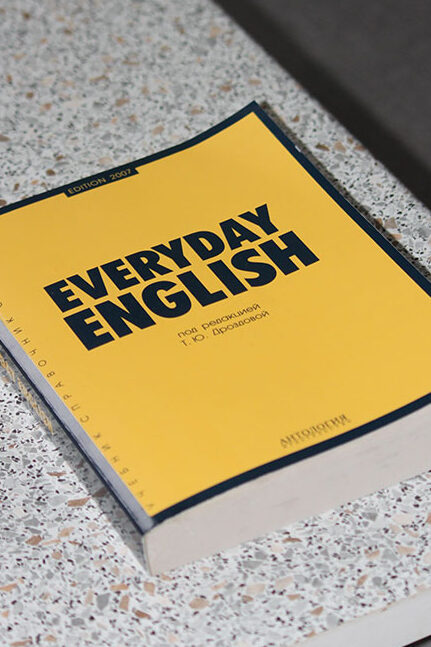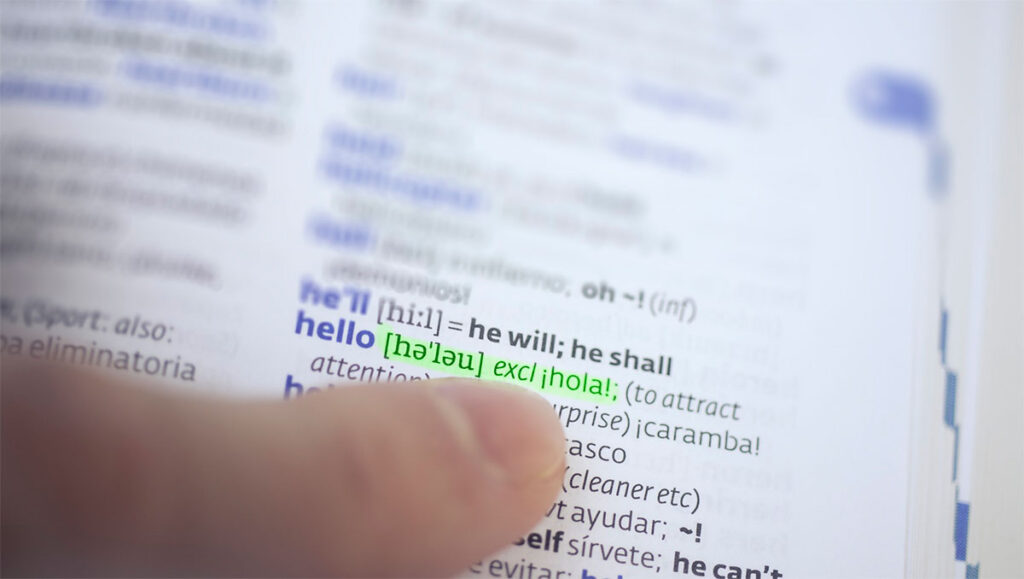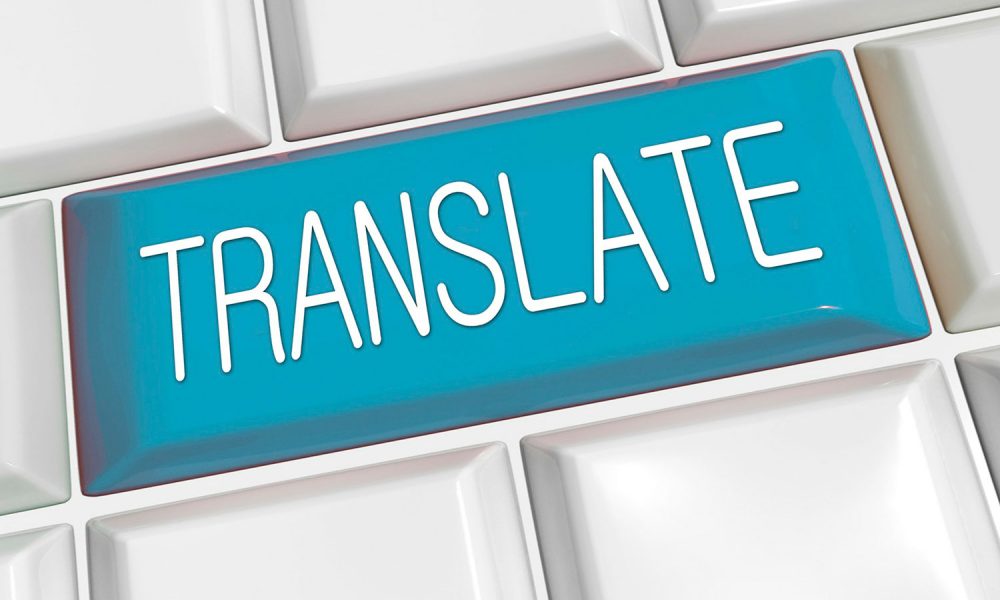We know the story: you, as the marketing manager of a B2B company, have been told that it’s time to enter the Latin market. So, it’s time to translate your collateral materials, customer stories, whitepapers, press releases, and more.
You have two options: ask your Latin sales manager to translate all the documents (will never happen as he’s being paid based on his sales) or hire a company specialized in technical translations for your industry.
Searching for translation services, specifically from English to Spanish, has been a continuous trend on Google for the last year. And, as markets in Latin America continue to develop and more professional business relationships are built between English-speaking countries and the region, the need for qualified translation services will increase.
Translating technical documents from English into Spanish or Portuguese, even when it appears easy, is a task that deserves all your attention because you want those translated documents to reflect your brand’s prestige and leave the best impression for your brand.
Read Our Guide: Digital Marketing For B2B Brands.
The Technical Translation Problem
The offer of technical translation services is a strategic area of business for Signalis Group, English to Spanish, and English to Portuguese. Over the last 10 years, we’ve translated and proofread hundreds of brochures, customer stories, press releases, datasheets, and other technical documents for the industries of electronic security, HVAC, Pro A/V, and construction.
Through our experience, we have identified different translation issues that affected the quality and credibility of very prestigious companies. These translation issues leave a poor image for a company that it’s trying to communicate with their ideal audience.
Unfortunately, some companies don’t handle their technical translations properly and end up delegating this task to people or companies that may not have the experience to translate technical documentation and deliver accurately translated documents. In other cases, there are companies that don’t translate their documents and distribute technical papers in English, assuming that all their prospects in Latin America will understand the message anyways.
This article will dig a little bit deeper into the issues that may affect your document translations with recommendations you can implement to ensure the correct communications footprint for your brand in the Latin American markets.

What Issues Should I Avoid in My Technical Translations?
The five most common issues that can affect your translations from English to Spanish or Portuguese are:
- Awkward technical translations
- Mistakes in grammar
- Incorrect word translations
- Wrong tone of voice
- Using a limited vocabulary
Below, I will try to provide recommendations on how to resolve each issue.
Awkward Translations

What we mean by awkward translations is when a document has one or more segments in which the terms don’t flow naturally. You have that uneasy feeling of reading content that doesn’t make 100% sense but you’re not sure what word is causing the problem.
This issue occurs because the person that translated the document is not a professional translator with a vast vocabulary or maybe the person is not a native speaker. One thing to keep in mind regarding this issue is that the words used may be correct in Spanish or Portuguese, but it just doesn’t fit well in the translated narrative.
Grammar issues can also be involved and result in awkward text.
Mistakes in Grammar
Ouch, this is an all too common mistake. One of the skills that a good translator must have is to be a solid writer. Few things can damage a corporate image more than a translation with grammar mistakes.

What’s more, a document with grammar issues will erode the credibility of the person or company delivering the message.
Spanish and Portuguese are tricky languages because they have graphic accents. Portuguese is even more challenging than Spanish because Portuguese has different accents that Spanish doesn’t have such as the tilde (~), the grave accent (`), the agudo accent (´) and the circunflejo (^).
All of the accents have different uses and impact the pronunciation and the reading, for these reasons they are important is used correctly.
Like the accent issue, there are several other grammar risks that your documents can face, for example, there is verb conjugation.
To avoid grammar issues in your translations to Spanish and Portuguese, we recommend you work with a translator that not only knows the equivalent terms between the languages but also knows the grammar rules that govern each language.
Incorrect Word Translations

Mistranslation is a rarely seen issue in the Spanish/Portuguese translations that we’ve reviewed, but it is critical. It means that a section of a document in Spanish or Portuguese has a different meaning from the one intended in the original English text.
It occurs when the Spanish or Portuguese aren’t the translator’s primary language. The person may be able to speak one or both of the Latin languages but they don’t have all the tools to adequately transfer the meaning of the word.
The worst consequence of this issue is that it leaves the translation itself to avoid, as the translated words do not make sense to the reader. To avoid the mistranslation issue, work with a translator that knows your industry well to ensure the words are translated correctly.
Wrong Tone of Voice

Strong brands work hard to position themselves in the market. A critical component of that brand identity is the tone of voice; in other words, the way the brand speaks to its customers, partners, and prospects.
A company reaches a position in the market partly due to the way it communicates with its market audiences. It is paramount that the translator your company uses knows your corporate tone of voice so he/she can transfer this tone to Spanish and Portuguese translated content.
The objective should be to ensure that your brand communicates accurately and consistently, regardless of the language. To make certain your translations don’t result in this issue, ask your translator to read as many corporate documents as he/she can to improve their understanding of the industry.
Using a Limited Vocabulary

Vocabulary issues refer to the use of the wrong terms or words for a particular industry and that’s a common problem in the translations we have examined. It happens when the translator is not an experienced translator in the industry or doesn’t know what terms the audiences involved in the industry prefer. (in some cases, the problem is not that a word is incorrect, it’s that the industry prefers to use another word or expression.)
Also, in the translation of technical papers, one thing to be considered is the acceptance of foreign expressions for technical terms. This acceptance is common in Portuguese (in Brazil, many people use English words when they talk about technology), but not as common in the Spanish language.
As I mentioned in the opening paragraph of this section, to avoid this issue, partner with a translator that has previous experience in your specific industry.
That’s all I have for now. My objective was to provide you with several key translation issues along with recommendations for eliminating them the next time you purchase translation services for your company. In future articles, we plan to cover in detail the issues that we have covered superficially in this article. We’ll be in touch soon.








